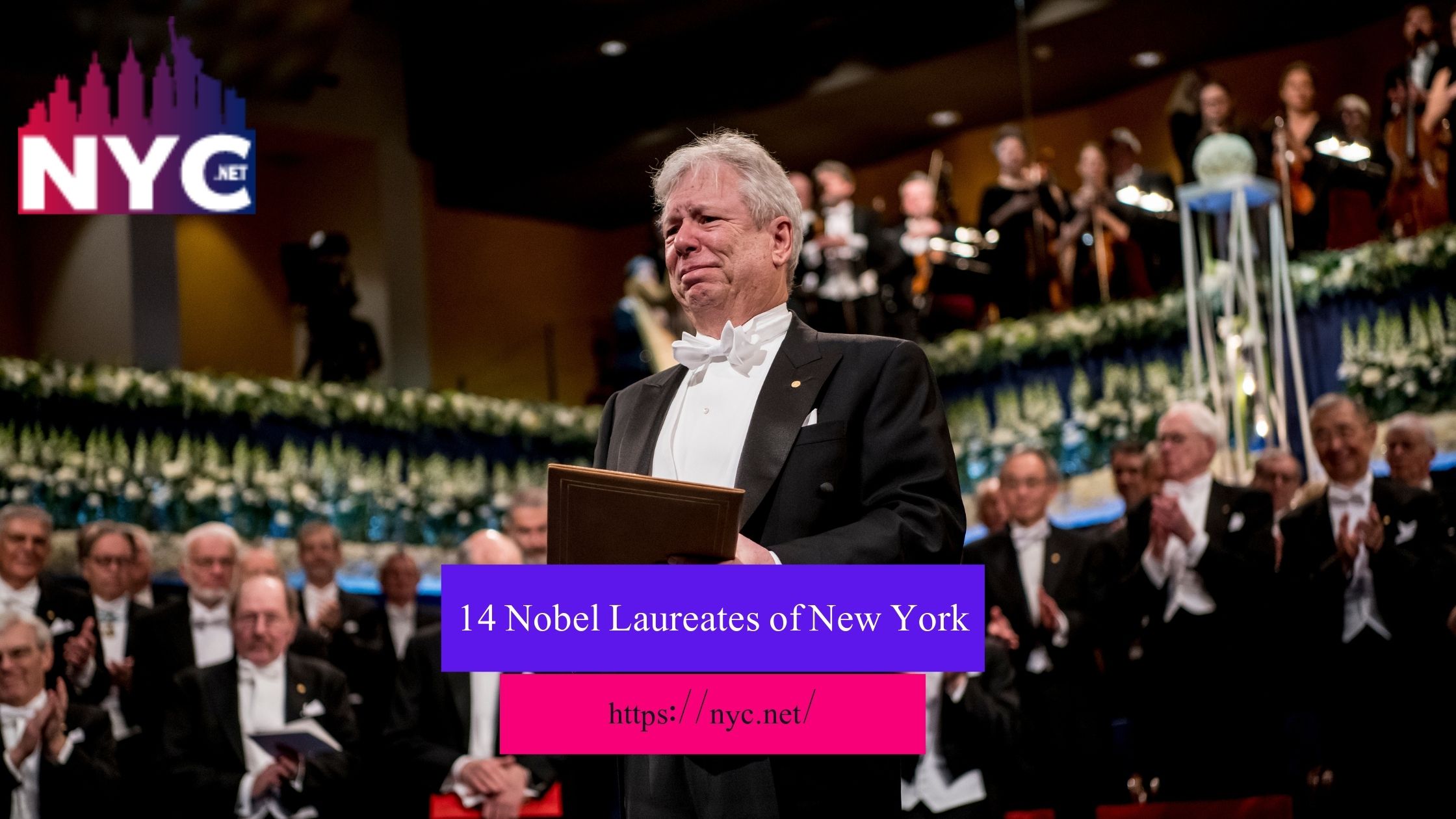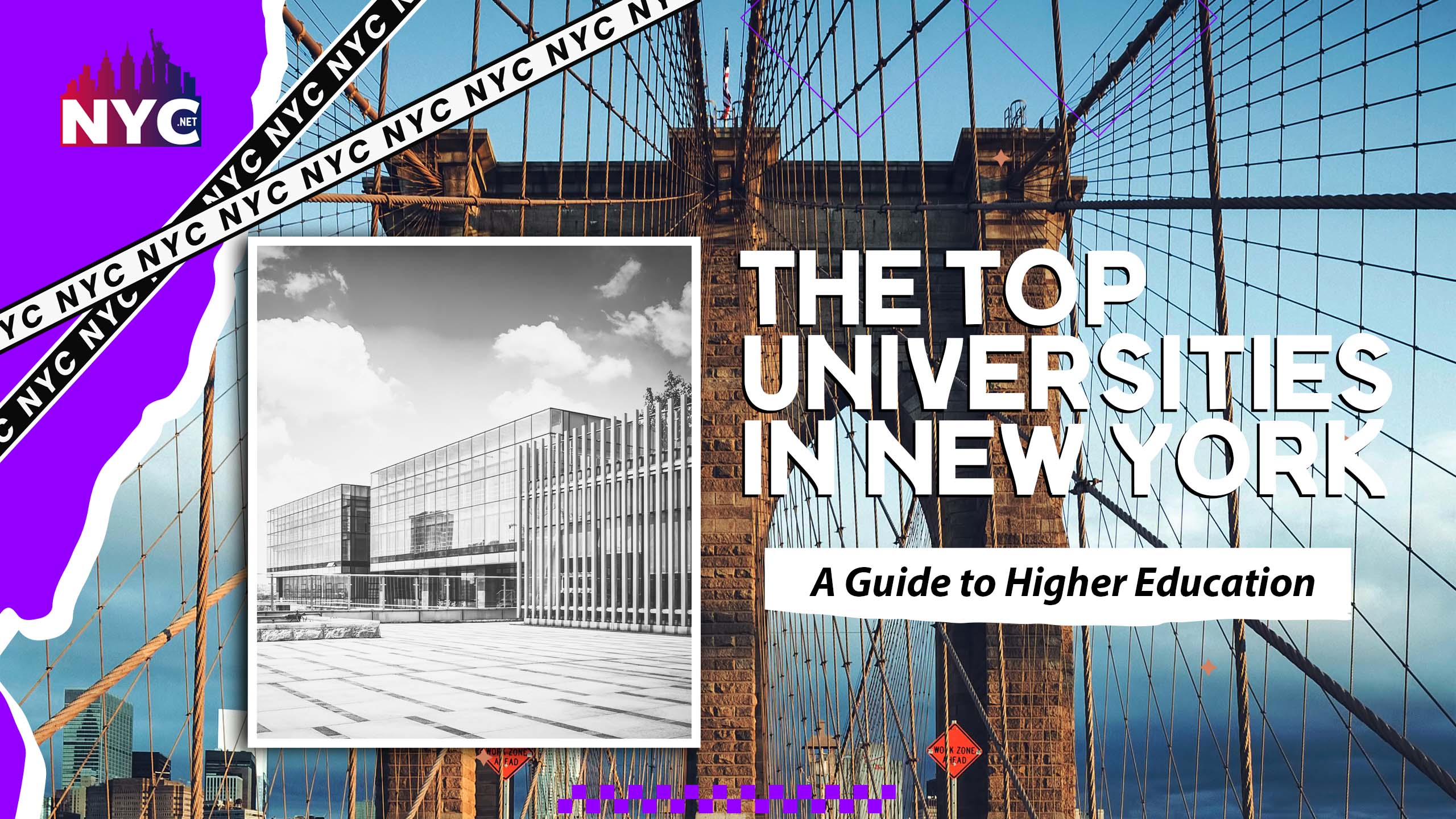14 Nobel Laureates of New York (affiliated to the City University in New York)

The Nobel Prizes are awarded annually by the Royal Swedish Academy of Sciences. The Karolinska Institute, and the Norwegian Nobel Committee to individuals who make outstanding contributions in the fields of chemistry, physics, literature, peace, and physiology or medicine. They were established by the 1895 will of Alfred Nobel, which dictates that the awards should be administered by the Nobel Laureates Foundation. The awards are presented in Stockholm in an annual ceremony on December 10, the anniversary of Nobel’s death. (1)
List of Nobel Laureates Affiliated With the City University of New York (2)
-
Arthur Kornberg (1959) – City College, class of 1937
Physiology or Medicine – for their discovery of the mechanisms in the biological synthesis of ribonucleic acid and deoxyribonucleic acid
He was also awarded the Paul-Lewis Award in Enzyme Chemistry from the American Chemical Society in 1951, an L.H.D. degree from Yeshiva University in 1962, and the National Medal of Science in 1979. In 1991, Kornberg received the Golden Plate Award of the American Academy of Achievement and the Gairdner Foundation Award in 1995. (4)
-
Robert Hofstadter (1961) – City College, class of 1935
Physics – for his pioneering studies of electron scattering in atomic nuclei and for his thereby achieved discoveries concerning the structure of the nucleons
Robert Hofstadter (February 5, 1915 – November 17, 1990) was an American physicist. He was the joint winner of the 1961 Nobel Prize in Physics (together with Rudolf Mössbauer). He attended elementary and high schools in New York City and entered City College of New York, graduating with a B.S. degree magna cum laude in 1935 at the age of 20, and was awarded the Kenyon Prize in Mathematics and Physics. He also received a Charles. Coffin Foundation Fellowship from the General Electric Company, which enabled him to attend graduate school at Princeton University, where he earned his M.S. and Ph.D. degrees at the age of 23 (5).
-
Julius Axelrod (1970) – City College, class of 1933
Physiology or Medicine – for their discoveries concerning the humoral transmitters in the nerve terminals and the mechanism for their storage, release and inactivation
Julius Axelrod (May 30, 1912 – December 29, 2004) was an American biochemist. He won a share of the Nobel Prize in Physiology or Medicine in 1970 along with Bernard Katz and Ulf von Euler. The Nobel Committee honored him for his work on the release and reuptake of catecholamine neurotransmitters, a class of chemicals in the brain that include epinephrine, norepinephrine, and, as was later discovered, dopamine. Axelrod also made major contributions to the understanding of the pineal gland and how it is regulated during the sleep-wake cycle (6).
-
Kenneth Arrow (1972) – City College, class of 1940
Economics – for their pioneering contributions to general economic equilibrium theory and welfare theory
Kenneth Joseph Arrow (23 August 1921 – 21 February 2017) was an American economist, mathematician, writer, and political theorist. He was the joint winner of the Nobel Memorial Prize in Economic Sciences with John Hicks in 1972.
In economics, he was a major figure in post-World War II neo-classical economic theory. His most significant works are his contributions to social choice theory, notably “Arrow’s impossibility theorem“, and his work on general equilibrium analysis (7).
-
Rosalyn Sussman Yalow (1977) – Hunter College, class of 1941
Physiology or Medicine – for the development of radioimmunoassays of peptide hormones
Rosalyn Sussman Yalow (July 19, 1921 – May 30, 2011) was an American medical physicist, and a co-winner of the 1977 Nobel Prize in Physiology or Medicine (together with Roger Guillemin and Andrew Schally) for development of the radioimmunoassay technique. She was the second woman (after Gerty Cori), and the first American-born woman, to be awarded the Nobel Prize in Physiology or Medicine (8).
-
Arno Allan Penzias (1978) – City College, class of 1954
Physics – for their discovery of cosmic microwave background radiation
Arno Allan Penzias (/ˈpɛnziəs/; born April 26, 1933) is an American physicist, radio astronomer and Nobel laureate in physics. Along with Robert Woodrow Wilson, he discovered the cosmic microwave background radiation, which helped establish the Big Bang theory of cosmology (9).
-
Herbert A. Hauptman (1985) – City College, class of 1937
Chemistry – for their achievements in developing direct methods for the determination of crystal structures
Herbert Aaron Hauptman (February 14, 1917 – October 23, 2011) was an American mathematician and Nobel laureate. He pioneered and developed a mathematical method that has changed the whole field of chemistry and opened a new era in research in determination of molecular structures of crystallized materials. Today, Hauptman’s direct methods, which he continued to improve and refine, are routinely used to solve complicated structures (10).
-
Jerome Karle (1985) – City College, class of 1937
Chemistry – for their achievements in developing direct methods for the determination of crystal structures
Jerome Karle (born Jerome Karfunkle; June 18, 1918 – June 6, 2013) was an American physical chemist. Jointly with Herbert A. Hauptman, he was awarded the Nobel Prize in Chemistry in 1985, for the direct analysis of crystal structures using X-ray scattering techniques (11).
-
Stanley Cohen (1986) – Brooklyn College, class of 1943
Physiology or Medicine – for their discoveries of growth factors
Stanley Cohen (November 17, 1922 – February 5, 2020) was an American biochemist who, along with Rita Levi-Montalcini, was awarded the Nobel Prize in Physiology or Medicine in 1986 for the isolation of nerve growth factor and the discovery of epidermal growth factor. He died in February 2020 at the age of 97 (12).
-
Gertrude B. Elion (1988) – Hunter College, class of 1937
Physiology or Medicine – for their discoveries of important principles for drug treatment
Gertrude “Trudy” Belle Elion (January 23, 1918 – February 21, 1999) was an American biochemist and pharmacologist, who shared the 1988 Nobel Prize in Physiology or Medicine with George H. Hitchings and Sir James Black for their use of innovative methods of rational drug design for the development of new drugs. This new method focused on understanding the target of the drug rather than simply using trial-and-error. Her work led to the creation of the anti-retroviral drug AZT, which was the first drug widely used against AIDS. Her well known works also include the development of the first immunosuppressive drug, azathioprine, used to fight rejection in organ transplants, and the first successful antiviral drug, acyclovir (ACV), used in the treatment of herpes infection (13).
-
Leon M. Lederman (1988) – City College, class of 1943
Physics – for the neutrino beam method and the demonstration of the doublet structure of the leptons through the discovery of the muon neutrino
Leon Max Lederman (July 15, 1922 – October 3, 2018) was an American experimental physicist who received the Nobel Prize in Physics in 1988, along with Melvin Schwartz and Jack Steinberger, for research on neutrinos. He also received the Wolf Prize in Physics in 1982, along with Martin Lewis Perl, for research on quarks and leptons. Lederman was director emeritus of Fermi National Accelerator Laboratory (Fermilab) in Batavia, Illinois. He founded the Illinois Mathematics and Science Academy, in Aurora, Illinois in 1986, where he was Resident Scholar Emeritus from 2012 until his death in 2018.
An accomplished scientific writer, he became known for his 1993 book The God Particle establishing the popularity of the term for the Higgs boson (14).
-
Robert Aumann (2005) – City College, class of 1950
Economics – for having enhanced our understanding of conflict and cooperation through game-theory analysis
Robert John Aumann (Hebrew name: ישראל אומן, Yisrael Aumann; born June 8, 1930) is an Israeli-American mathematician, and a member of the United States National Academy of Sciences. He is a professor at the Center for the Study of Rationality in the Hebrew University of Jerusalem in Israel. He also holds a visiting position at Stony Brook University, and is one of the founding members of the Stony Brook Center for Game Theory.
Aumann received the Nobel Memorial Prize in Economic Sciences in 2005 for his work on conflict and cooperation through game theory analysis. He shared the prize with Thomas Schelling (15).
-
Paul Krugman (2008) – Distinguished Scholar, CUNY Graduate Center (2014 continued) (3)
Economics – for his analysis of trade patterns and location of economic activity
Paul Robin Krugman (/ˈkrʊɡmən/ KRUUG-mən; born February 28, 1953) is an American economist, who is Distinguished Professor of Economics at the Graduate Center of the City University of New York, and a columnist for The New York Times. In 2008, Krugman was the winner of the Nobel Memorial Prize in Economic Sciences for his contributions to New Trade Theory and New Economic Geography.[8] The Prize Committee cited Krugman’s work explaining the patterns of international trade and the geographic distribution of economic activity, by examining the effects of economies of scale and of consumer preferences for diverse goods and services (16).
-
John O’Keefe (2014) – City College, class of 1963 (3)
Physiology or Medicine – for their discoveries of cells that constitute a positioning system in the brain
John O’Keefe, FRS FMedSci (born November 18, 1939) is an American- British neuroscientist, psychologist and a professor at the Sainsbury Welcome Centre for Neural Circuits and Behavior and the Research Department of Cell and Developmental Biology at University College London. He discovered place cells in the hippocampus, and that they show a specific kind of temporal coding in the form of theta phase precession. He shared the Nobel Prize in Physiology or Medicine in 2014, together with May-Britt Moser and Edvard Moser; he has received several other awards. He has worked at University College London for his entire career, but also held a part-time chair at the Norwegian University of Science and Technology at the behest of his Norwegian collaborators, the Mosers (17).



